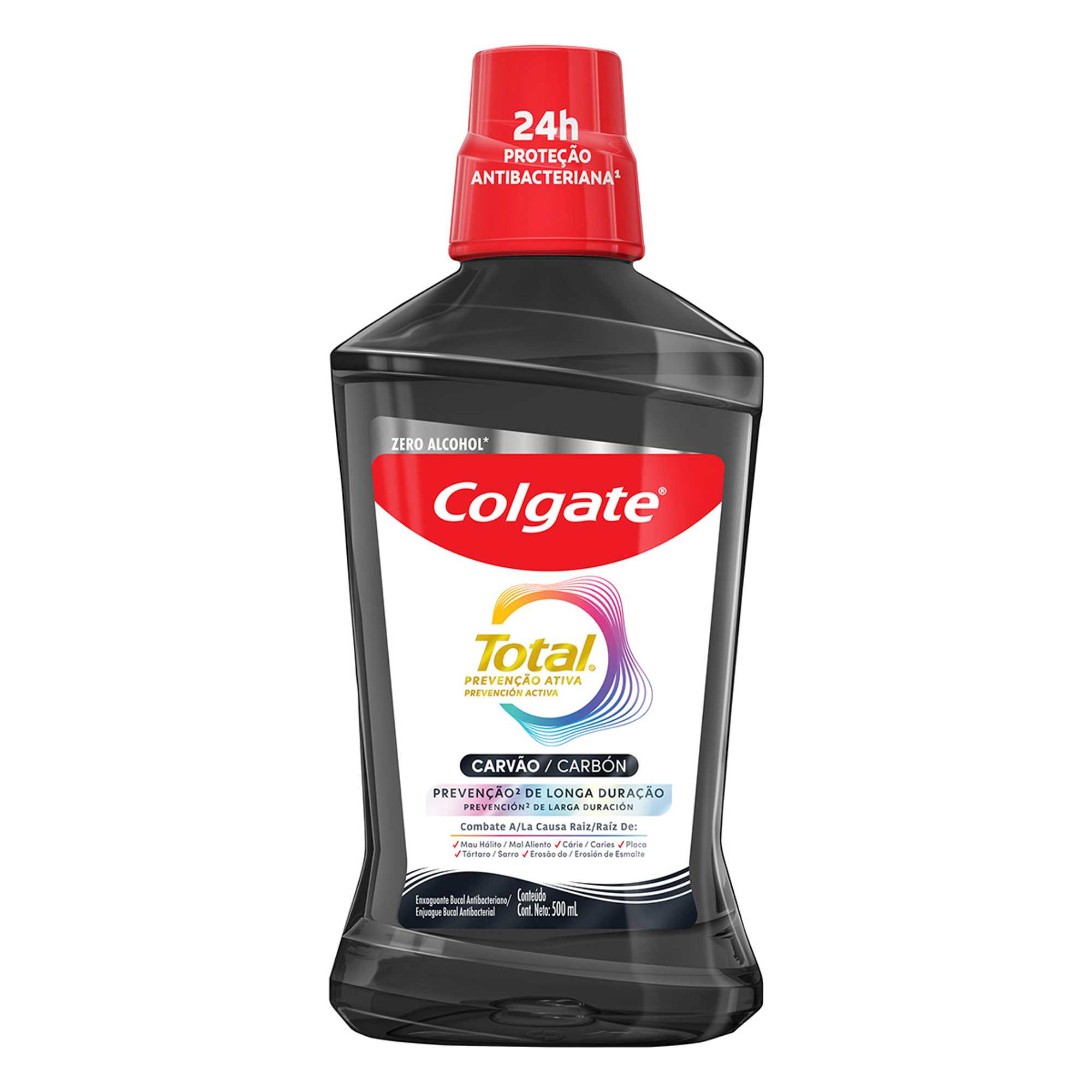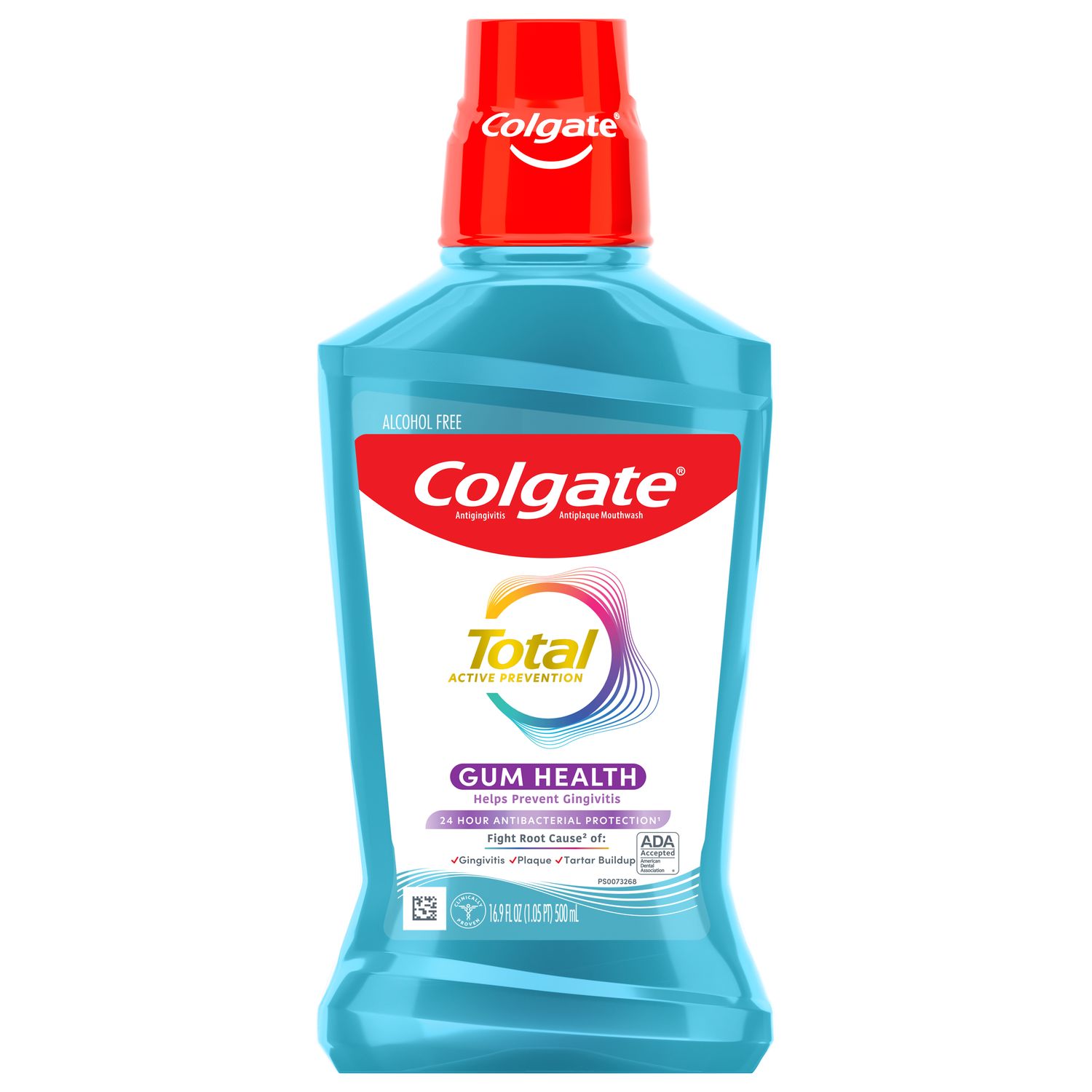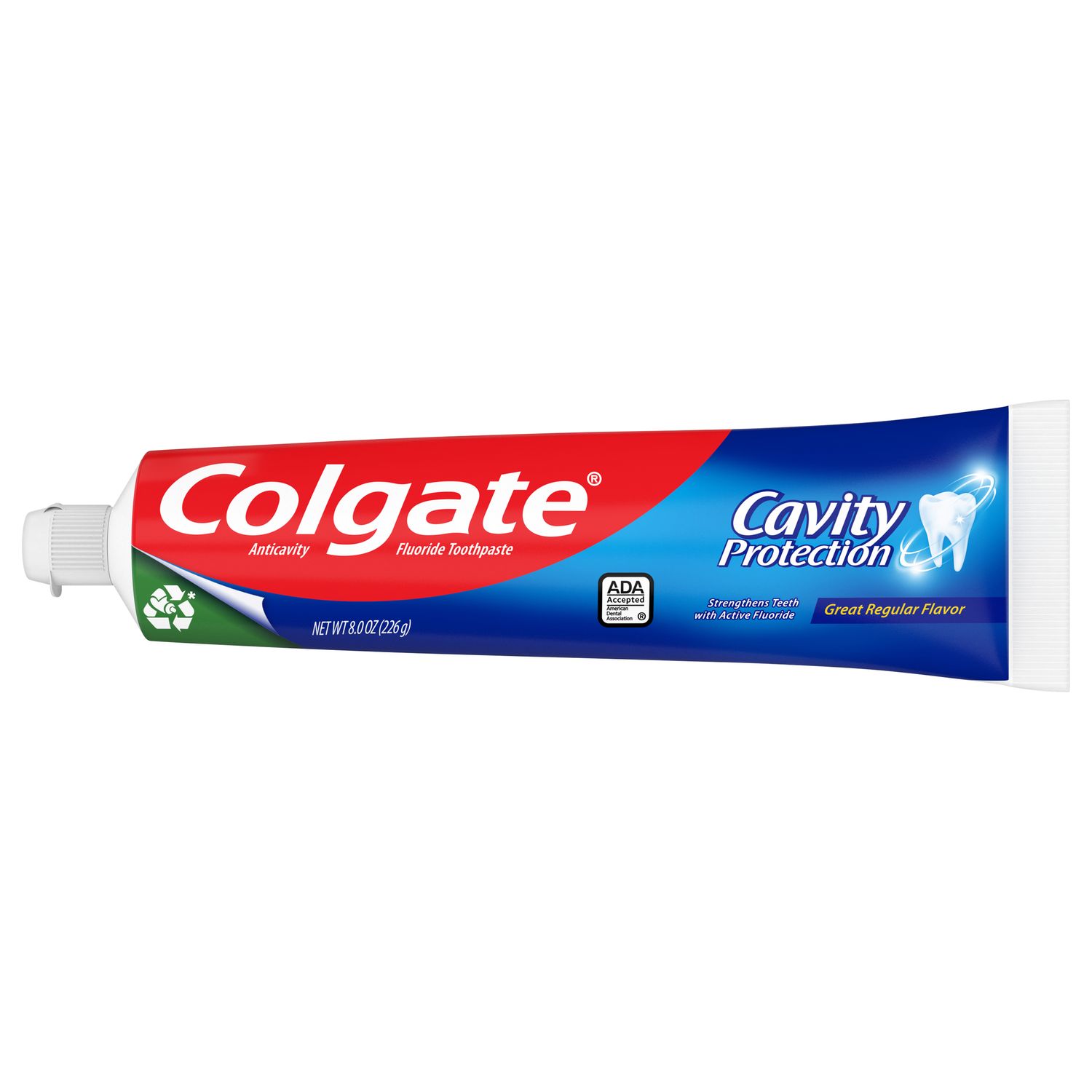-
-

FLUORIDE
What Is Stannous Fluoride Toothpaste?Discover what is Stannous Fluoride Toothpaste and its importance to prevent cavities and other oral health problems.

TEETH WHITENING
Whitening toothpaste - hydrogen peroxide vs. carbamide peroxideIf you lose one or more of your front teeth due to injury or decay, you may feel ...
-
Science & InnovationOral Health Commitment
- Oral Health Commitment
- Bright Smiles, Bright Futures
- Educational Resources
- Mobile Dental Van
- Volunteer
- ORAL HEALTH CHECK
- PRODUCT MATCH
- Oral Health and Dental Care | Colgate®
- Oral Health
- Periodontal Ligament: What Is It?


What Does the Periodontal Ligament (PDL) Do?
The periodontal ligament does not support the outer gum tissues and is only found between the root part of the tooth and the adjacent bone. This complex tissue allows the tooth to function under the load of chewing and absorb excess pressure from clenching and grinding. The ligament is also involved in tooth movement and aids in the eruption of the tooth.
The PDL is also what makes orthodontic tooth movement possible. If the tooth were directly connected to the bone, the tooth would function similarly to a dental implant and not be able to move. Because the tooth is held in the socket by the periodontal ligament and not a direct bone-to-tooth interface, it can usually be extracted without removing any significant areas of the jawbone.
The periodontal ligament also allows the tooth to adapt to forces from tooth grinding (also known as bruxism) or other jaw clenching habits. The ligament can enlarge and allow the tooth to become loose. Once the excessive forces on the tooth are reduced, the PDL will heal, and tooth mobility will decrease.
The Periodontal Ligament and Overall Oral Health
Advanced gum disease can lead to the destruction of bone and the loss of the periodontal ligament. In areas where the ligament has been lost, the adjacent bone is no longer attached to the tooth and cannot provide any support. The PDL is also prone to periodontal inflammation and cannot be easily regenerated. Even with a bone graft placement, if the periodontal ligament is not restored in the area, the bone graft may not work.
The periodontal ligament serves a quiet but meaningful role within your mouth. It's important to make sure that you're practicing good oral hygiene practices by brushing twice a day and cleaning between your teeth daily. This will help you prevent gum disease and keep your periodontal ligaments strong and healthy as they support your teeth.
Oral Care Center articles are reviewed by an oral health medical professional. This information is for educational purposes only. This content is not intended to be a substitute for professional medical advice, diagnosis or treatment. Always seek the advice of your dentist, physician or other qualified healthcare provider.
Related Articles

Mouth and teeth anatomy
Parts of the Mouth and Their FunctionsThe mouth, or oral cavity, is made up of several components that work together so you can breathe, speak, and eat. Learn more about the parts of your mouth.

Mouth and teeth anatomy
What Is Myofunctional Therapy?When diagnosed, an abnormal tongue position can be corrected with myofunctional therapy, a special training process that ensures a future of good health.

Mouth and teeth anatomy
Preparing For Your Baby's First MolarWatching your baby's teeth develop is an exciting milestone, but it can also be an overwhelming time for a parent. What can you expect from a first molar?

Mouth and teeth anatomy
Periodontal Ligament: What Is It?What is the periodontal ligament and why is it important to your overall oral health? Learn more, here.
Related Products

Esse enxaguante bucal multibenefício Colgate Total 12 Carvão Ativado apoia as defesas naturais da sua boca com o zinco. Ele também ajuda a manter os dentes mais brancos, além de combater germes e bactérias para uma limpeza total por até 12 horas.

Colgate Total Alcohol Free* Gum Health Mouthwash delivers 24-hour protection** against bacteria and also helps prevent gum problems

Colgate Total Fresh Mint Toothpaste fights bacteria, the root cause of many oral health issues such as gingivitis, tartar, sensitivity, weak enamel, bad breath, and cavities.

Formulated with Fluoride and with a great mint taste, Colgate Cavity Protection Toothpaste cleans thoroughly, strengthens teeth, and fights cavities.

Helping dental professionals
More professionals across the world trust Colgate. Find resources, products, and information to give your patients a healthier future




